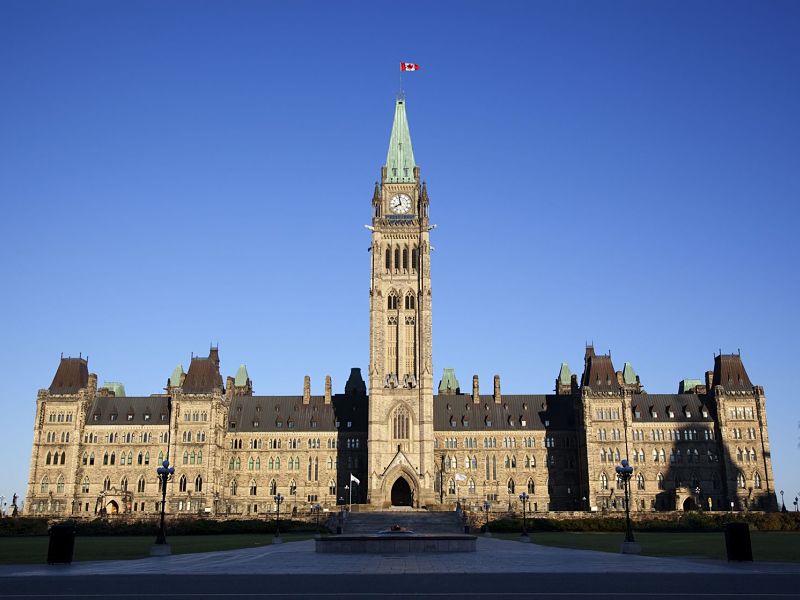
Remember all those predictions right after the election that the Liberal minority government would last at least two years and possibly the full four-year term?
Justin Trudeau’s cabinet-making handiwork on Nov. 20 should put that speculation to rest. Climate change and national unity were certainly on the prime minister’s mind when he was busy deciding who to telephone with an offer to join the cabinet.
But so was winning back a majority as soon as possible. Political parties are always thinking about how they can increase their seat count in the Commons.
That is why Jack Layton and the NDP caucus voted with the Conservatives in the 2005 non-confidence vote that collapsed Paul Martin’s Liberal government even though the government had just set up a national day-care program, long on the New Democrats’ wish list.
It is no accident that so much of this new 37-member cabinet is drawn from Quebec: 11 (30%), including Trudeau, vs four (11%) each from the Atlantic region and British Columbia.
With no Liberals elected this time in Alberta or Saskatchewan, one might think there would be a few extra seats to spread around. Apparently not. This time there will be three fewer ministers from Atlantic Canada, one fewer from B.C. and one lone minister from the Prairies. Even Ontario, with 17 ministers, lost three spots in this cabinet.
This is why Ginette Petitpas Taylor, former health minister from New Brunswick, and Kirstie Duncan, formerly minister of science, sport and persons with disabilities, were dumped from cabinet. Clearly, Trudeau is concentrating on developing as much presence in Quebec as possible before there’s a vote.
Before this autumn’s campaign began, the Liberals were well on their way to winning a majority in the Commons because of support in Quebec. Had it not been for the Bloc Québécois coming back from the dead, the Liberals probably would have.
Quebec voters are notoriously fickle, building up a party in one election and tearing it down in the next. Just ask the NDP.
The Liberals finished the election 13 seats shy of the 170 required for a majority. The Bloc gained 22 seats over the 10 it had going into the election. All the Liberals would have to do to get back to majority would be to take a chunk of that 22-seat gain — say, six or seven — with the balance coming from across the country.
The Liberals are likely to engineer their own defeat in the Commons just as soon as they are confident they can gain back a majority. As a result, they will want to deliver on their election promises as quickly as possible. Watch for a 2020 federal budget loaded with Liberal election promises in March or April.
As for the West, especially Alberta, the Liberals are likely to take the attitude that a draw is as good as a win — at least for now.
The Liberals haven’t had an abundance of seats in Alberta for some time now. In fact, Alberta has been angry with Ottawa almost from the day the province joined Confederation in 1905. Saskatchewan isn’t any friendlier.
Winning back the West’s confidence is a long-term goal for the Liberals, just as it was for Trudeau the Elder almost 40 years ago. Pierre Trudeau cynically appointed Hazen Argue, a mediocre senator, to be the minister for the West.
The younger Trudeau, to his credit, is approaching this problem with far more imagination than his father did. This time, Alberta-born Chrystia Freeland, the new unity minister from an Ontario riding, is leading a cabinet task force to restore the Liberal brand in the West, a work in progress for some time.
Historically, the Liberals have been able to accomplish a great deal while in minority. Lester B. Pearson’s minority gave Canada medicare, the Canada Pension Plan and a new flag in the mid-’60s. Pierre Trudeau’s minority government of 1972-74 set up Petro-Canada and the Foreign Investment Review Agency.
Once the Liberals announce the beginnings of pharmacare, accelerated climate change action and a secured pipeline, the party is likely to have enough political capital for an election.
Keep your eyes on Quebec.
Regulators must stand firm on binding authority for OBSI
Editorial: The idea that OBSI is biased against the industry doesn’t fit with the facts